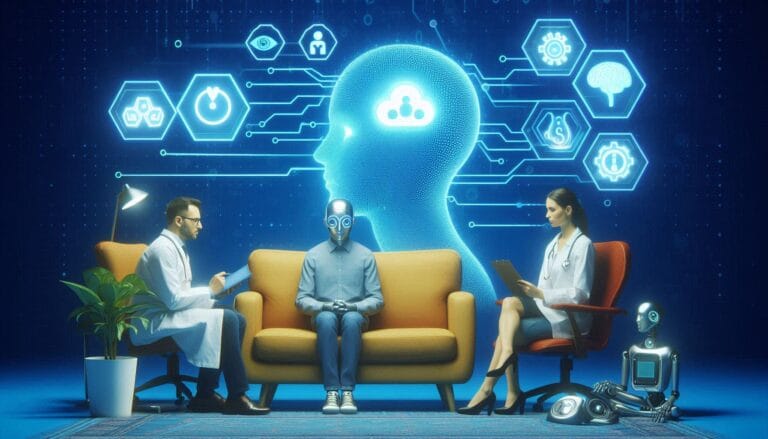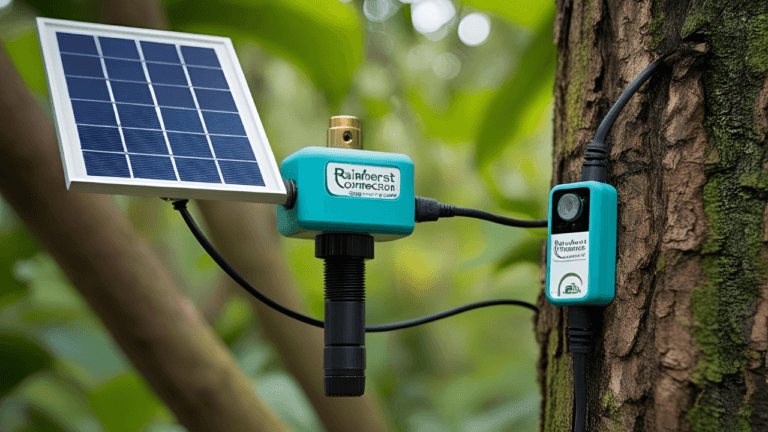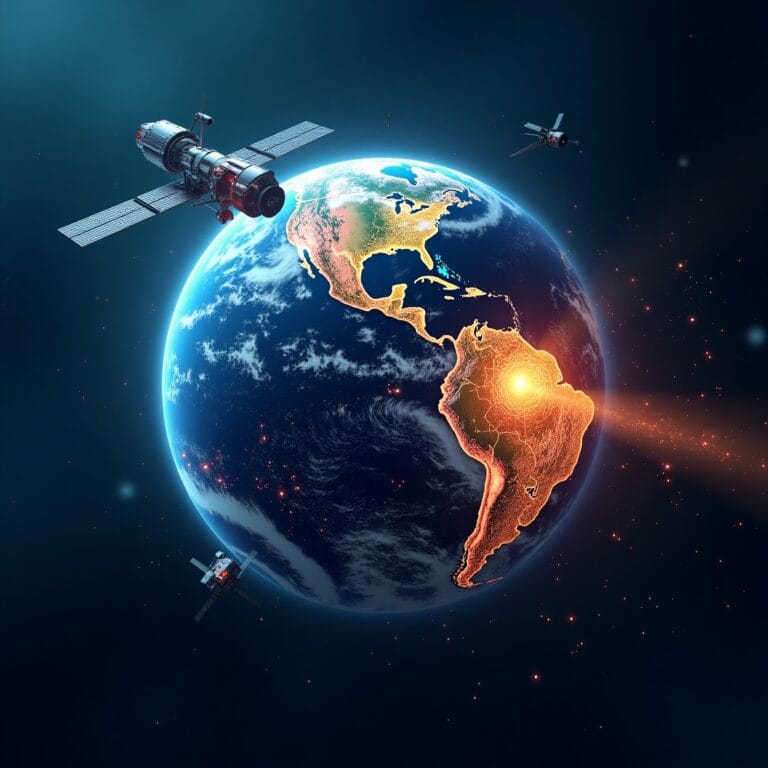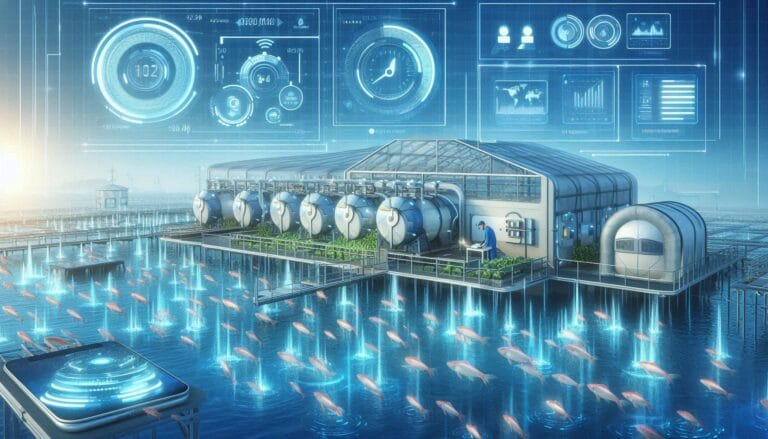🔬 Introduction: When Labs Run Themselves
Imagine a laboratory that works 24/7, never takes a break, and improves with every experiment it conducts—no lab coat required. Welcome to the world of autonomous labs, where self-driving labs powered by AI and robotics are changing the way science is done.
These aren’t just futuristic fantasies. During the COVID-19 pandemic, researchers deployed autonomous systems to rapidly test antiviral compounds, helping to speed up the timeline for identifying potential treatments. Similar breakthroughs are unfolding in materials science, where AI-powered labs are discovering new polymers and battery materials at a pace no human could match.
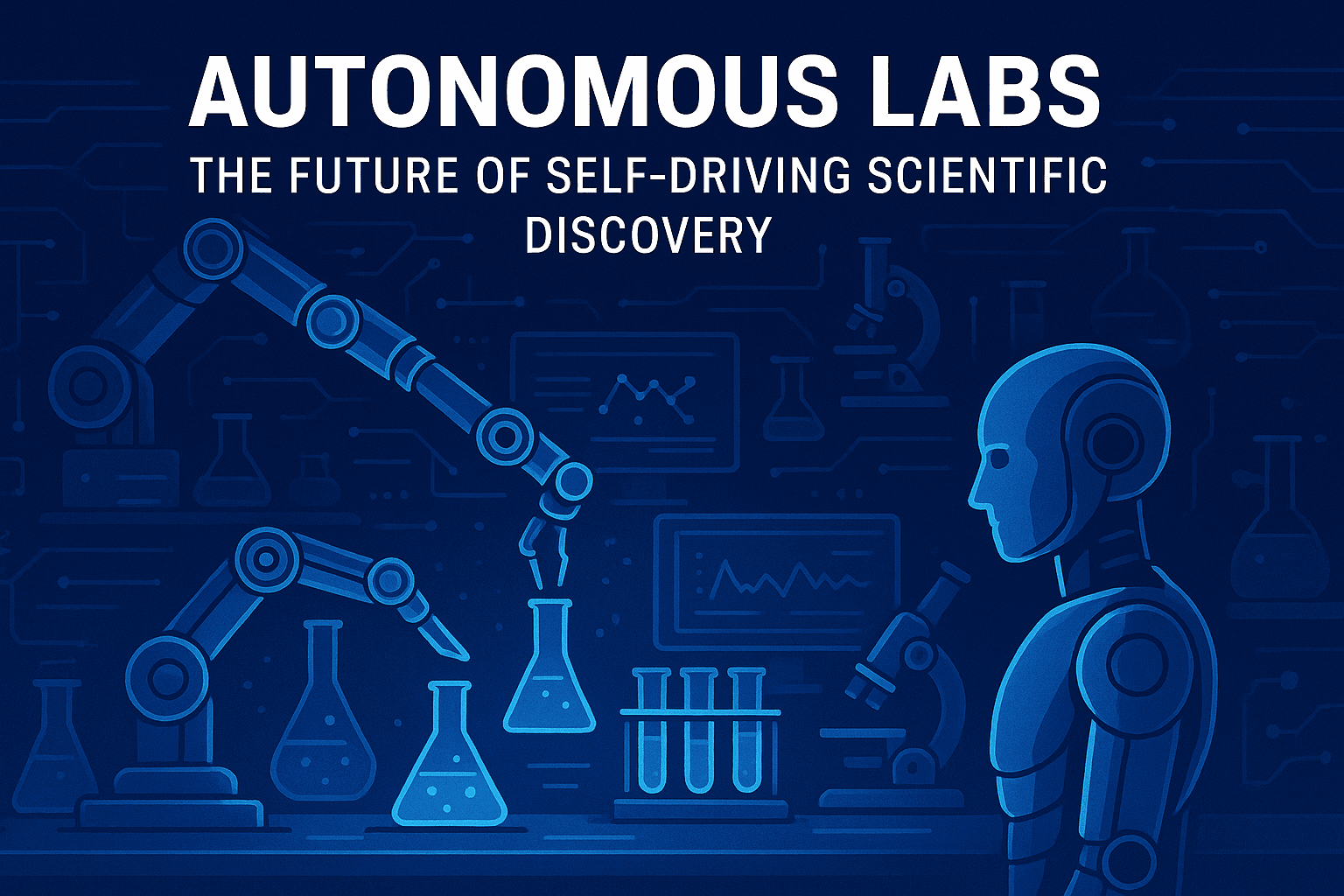
Unlike traditional laboratories that depend heavily on manual input and human trial-and-error, self-driving labs represent a leap toward automated, intelligent experimentation. They don’t just run protocols—they choose what to do next based on real-time data and learning algorithms.
As scientific discovery demands greater speed, precision, and complexity, autonomous labs are quickly becoming the backbone of next-generation research. From drug development to clean energy solutions, these smart systems promise to redefine what’s possible in science—by running experiments faster, smarter, and more efficiently than ever before.
🧪 What Are Autonomous Labs?
An autonomous lab is more than just a robot running tests—it’s a self-directed scientific system that can design, execute, and analyze experiments with minimal human input. These are not merely automated workflows—they are closed-loop systems that adapt and optimize through artificial intelligence.
Here’s how an autonomous lab typically works:
- Robotic arms and lab instruments physically perform the experiments—pipetting, mixing, heating, or synthesizing.
- Leveraging pattern recognition, AI systems process experimental data and select subsequent procedures based on predictive insights.
- Cloud computing and machine learning models integrate findings across experiments and datasets.
- Sensors and IoT devices feed back real-time data for continual optimization.
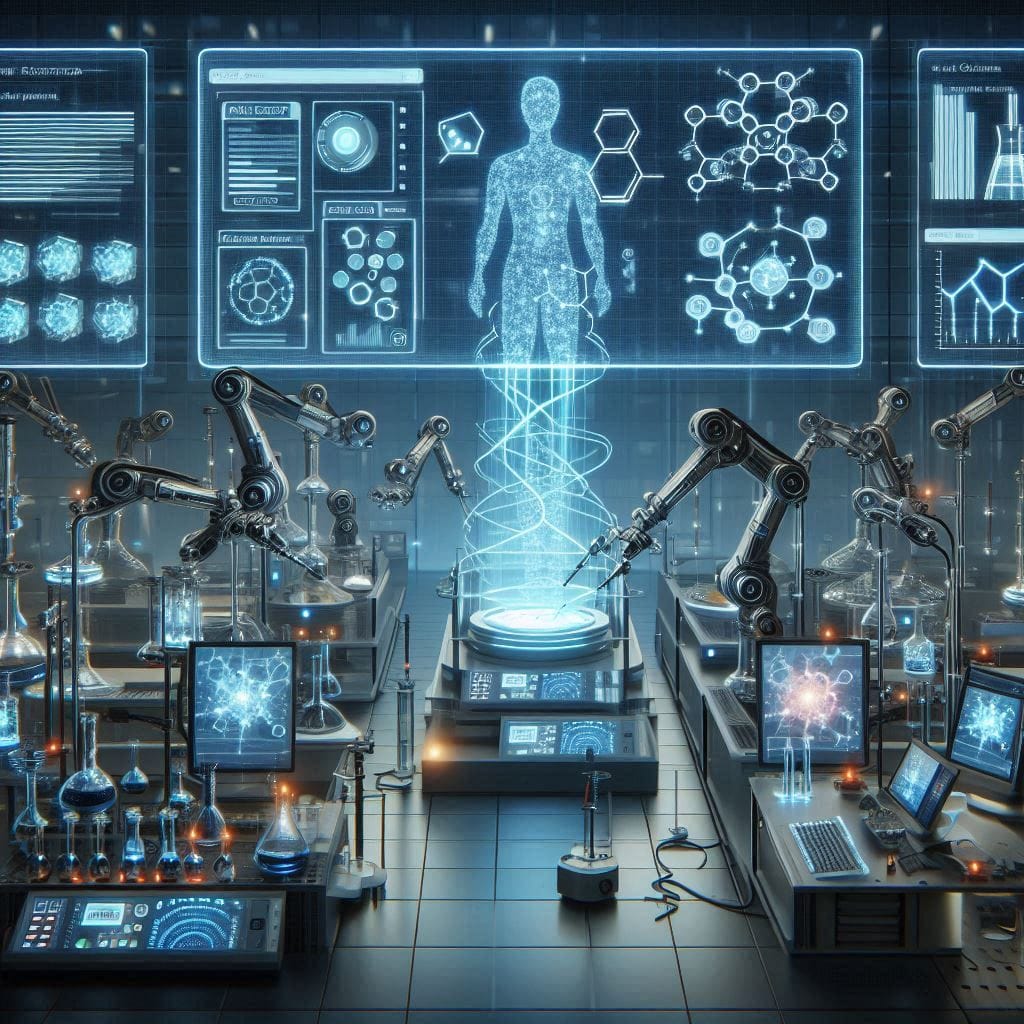
One of the most important distinctions to make is that lab automation ≠ autonomy. Traditional automation runs predefined procedures—reliable but inflexible. By contrast, AI labs for discovery can explore uncharted scientific territory by adapting to results on the fly. They can formulate new hypotheses, adjust conditions, or even decide when to stop an experiment if outcomes look unpromising.
Think of the difference this way:
Automation is a skilled assistant that follows instructions. Autonomous labs are more like collaborators that think and evolve as they work.
As such, autonomous labs don’t just increase efficiency—they accelerate discovery by unlocking entirely new ways of conducting science.
🔁 How Self-Driving Labs Work: Closed-Loop Experimentation
The secret behind self-driving labs lies in a concept known as closed-loop experimentation—a self-correcting cycle where experiments are continuously designed, run, and improved with minimal human intervention.
Here’s how a machine learning lab performs scientific discovery, step-by-step:
1️⃣ Hypothesis Generation (AI-Driven)
The cycle begins with an AI model proposing a hypothesis or set of experimental conditions. For instance, it might predict which catalyst composition could yield the highest energy efficiency in a chemical reaction.
2️⃣ Experimental Execution (Robotic System)
The lab’s robotic instruments—pipetting arms, heating modules, and automated mixers—carry out the experiment based on the AI’s input. These systems can run multiple reactions or assays simultaneously via high-throughput platforms.
3️⃣ Real-Time Data Capture
Sensors and imaging tools capture everything from reaction kinetics to molecular behavior, feeding this real-time data back into the AI system.
4️⃣ Model Retraining and Optimization
The machine learning model analyzes the data, updates its understanding, and sharpens its predictions over time. Techniques like Bayesian optimization and reinforcement learning are used to explore chemical or biological space more intelligently with each iteration.
Then the loop repeats—new hypothesis, new experiment, new data. With each cycle, the self-driving lab gets smarter and more precise, zeroing in on optimal results exponentially faster than a human-only approach ever could.
🚀 Key Innovations and Use Cases
Autonomous labs are already reshaping how we approach some of the most complex scientific problems across disciplines. These AI labs for discovery aren’t confined to a single field—they’re unlocking new knowledge from chemistry to biology and beyond.
🧪 Chemistry: AI-Discovered Reactions
Traditional chemistry depends on years of human trial-and-error. Now, automated experimentation enables AI to test thousands of reactions rapidly and identify new pathways. Labs like the University of Liverpool’s robot chemist have already discovered new reaction routes that had never been documented.
🧱 Materials Science: Building Better Matter
Self-driving labs are designing polymers, nanomaterials, and even next-generation solar panels. At institutions like the Toyota Research Institute and Carnegie Mellon, AI-driven labs optimize material properties—such as conductivity or durability—at a speed and scale no human team could match.
💊 Pharma: Autonomous Drug Discovery
The pharmaceutical industry is leveraging AI labs for discovery to fast-track medications. These systems can simulate how molecules will interact with proteins, then synthesize and test candidates in real-time. Some autonomous labs are helping develop mRNA vaccines, antiviral therapies, and treatments for rare diseases, reducing R&D time from years to months.
🧬 Biology: From CRISPR to Genomics
In the world of biology, automated experimentation is revolutionizing how we study genes. Autonomous labs can now manage CRISPR editing workflows, simulate genetic mutations, and test gene therapies using biological twins of lab specimens. These tools are accelerating breakthroughs in personalized medicine and regenerative therapies.
What makes these breakthroughs possible isn’t just speed—it’s adaptability. Autonomous labs don’t just run more experiments; they run smarter ones, learning which avenues are promising and pivoting quickly when they’re not.
🧑🔬 The Role of the “Autonomous Labs Chair” and Human Scientists
As autonomous labs begin to take over the repetitive and mechanical aspects of research, the role of human scientists is undergoing a fundamental shift—from experimenters to strategic directors. At the center of this evolution is a new kind of leadership: the Autonomous Labs Chair.
The Autonomous Labs Chair is not a traditional lab supervisor. This emerging role blends expertise in machine learning, experimental design, and domain-specific science to coordinate the collaboration between humans and AI scientists. Think of it as a conductor guiding a symphony of robotic instruments, cloud algorithms, and real-world researchers.
From Doers to Orchestrators
In these AI-driven environments, human researchers no longer need to manually pipette chemicals or track spreadsheets. Instead, they function as orchestrators—asking the right scientific questions, validating AI findings, and designing experiments the system will execute. They curate datasets, set scientific priorities, and ensure ethical standards are upheld.
Emerging Roles in the AI Lab Ecosystem
The rise of autonomous labs is giving birth to a new wave of scientific careers, including:
- Data Stewards: Specialists responsible for preparing, cleaning, and maintaining the massive datasets needed to train lab AI systems.
- Lab AI Trainers: Individuals who fine-tune machine learning models and adapt them to evolving research goals.
- Experimental Designers: Scientists who work closely with the AI to frame hypotheses, structure variables, and define success metrics in autonomous workflows.
This human-AI synergy doesn’t replace scientists—it amplifies them. And with the autonomous labs chair at the helm, the future of research becomes more scalable, strategic, and responsive to complex scientific challenges.
⚡ Benefits: Why Self-Driving Labs Are Game-Changers
The value of AI-powered scientific discovery goes beyond novelty—it’s solving some of the oldest challenges in research. Here’s why self-driving labs are transformative:
🚀 Speed: Compressing Years into Weeks
Traditional scientific discovery is painstakingly slow. Running a series of chemical reactions or biological tests can take months. Self-driving labs, by contrast, can design, execute, and analyze hundreds of experiments per day, learning from each one. What once took years now takes weeks—or even days.
💸 Cost-Efficiency: Smarter, Not Just Faster
Because these labs optimize as they go, they avoid redundant or low-value experiments. AI models like Bayesian optimization help steer resources toward the most promising outcomes. This reduces waste and lowers R&D costs dramatically.
🌍 Accessibility: Science-as-a-Service for Everyone
With cloud integration and modular lab components, even small institutions or startups can access autonomous experimentation. Labs that once required millions in funding may now become accessible as a subscription-based service—flattening the global playing field for innovation.
🕓 24/7 Productivity: Science That Never Sleeps
Machines don’t take lunch breaks. AI-powered scientific discovery continues around the clock—running experiments overnight, analyzing data while humans sleep, and starting new tests at dawn. This continuous loop pushes the boundaries of what a lab can accomplish in a given time frame.
By combining speed, cost savings, accessibility, and uninterrupted operation, self-driving labs are setting a new standard for how research gets done. They’re not just faster—they’re smarter, leaner, and more inclusive, making cutting-edge science available to more people in more places.
⚖️ Challenges and Ethical Questions
While autonomous labs offer enormous potential, their rise also introduces a host of ethical and scientific dilemmas that must not be ignored. These issues go beyond technical hurdles—they touch on trust, control, safety, and intellectual property in AI in scientific research.
🤖 Can We Trust Machines to Create Science?
As robot chemists and AI models begin generating hypotheses, selecting experiments, and interpreting results, a fundamental question arises: can we trust machines to make scientific decisions? While they are fast and precise, AI lacks the contextual awareness and ethical judgment of a human scientist. The challenge is ensuring that the decisions they make align with real-world relevance and safety.
🧠 The “Black Box” Problem
AI algorithms, especially deep learning models, frequently function as black boxes, producing outcomes with little visibility into how those decisions are made. In high-stakes domains like drug development or gene editing, this lack of interpretability can be dangerous. Scientists may struggle to understand why an AI selected one molecule over another, or how a new reaction pathway was derived.
📝 Ownership of Autonomous Discoveries
Who owns a breakthrough made by an AI? If a robot chemist identifies a new compound or invents a novel material, does the credit go to the software creator, the lab, or the institution? Legal frameworks have yet to fully catch up with the implications of AI-generated intellectual property.
⚠️ Bias and Bio-Risk
Like all AI systems, those used in scientific research are only as good as the data they’re trained on. If a model is trained on biased or incomplete datasets, it could produce results that reinforce existing scientific blind spots—or worse, generate unsafe compounds or weaponizable materials. Guardrails are needed to mitigate the risk of unintended consequences.
🌐 The Future of Autonomous Research Labs
As AI continues to evolve, the next generation of autonomous research labs is already taking shape. These systems won’t just follow instructions—they’ll optimize themselves, learn continuously, and collaborate globally in ways never before possible.
🧠 Self-Optimizing Labs
Tomorrow’s labs will be self-optimizing—constantly analyzing performance, tuning protocols, and even adjusting physical configurations based on outcomes. Imagine a system that reconfigures its robotic layout to improve efficiency, or changes reaction parameters on the fly to avoid errors before they happen.
☁️ Cloud-Connected Micro-Labs
The vision includes cloud-connected micro-labs: modular, transportable units that can be deployed anywhere—from university basements to remote field sites. These labs would sync with global AI models, contributing to a collective knowledge base and enabling research teams across continents to share and refine experiments in real time.
🏆 Nobel-Worthy Discoveries by AI?
With AI already designing novel molecules and predicting never-before-seen reaction pathways, it’s not unthinkable that a Nobel Prize-worthy discovery might one day be attributed to an autonomous lab. The real breakthrough, however, will be in how these discoveries are made—through relentless iteration, creative machine learning, and cross-disciplinary synthesis.
🔍 Conclusion: The Dawn of AI-Driven Discovery
Autonomous labs aren’t just an upgrade to traditional research—they represent a fundamental shift in how science is done. By combining the tireless precision of robotics with the adaptive intelligence of machine learning, these self-driving systems are accelerating the pace of innovation across chemistry, biology, materials science, and beyond.
But the true power of autonomous labs lies in collaboration, not replacement. The future belongs to a hybrid model—where human intuition and curiosity guide machines that never sleep, never slow down, and continuously learn. As cloud-connected labs and AI scientists evolve, we’re heading toward a world where Nobel-caliber breakthroughs could be just one algorithm away.
In this new era of discovery, science won’t just move faster. It will move smarter.
🧩 Glossary: Autonomous Labs
| Term | Definition |
|---|---|
| Closed-loop experimentation | A scientific method where AI iteratively proposes, executes, and learns from experiments to improve outcomes without human intervention. |
| Bayesian optimization | A machine learning strategy for efficiently finding the best solution by balancing exploration and exploitation in experiments. |
| High-throughput screening | An automated method for quickly conducting thousands of experiments to identify useful chemical or biological entities. |
| Self-optimizing lab | An autonomous lab capable of analyzing its own performance and adjusting workflows or designs in real time to improve efficiency. |
| Autonomous Labs Chair | A leadership role responsible for orchestrating the synergy between human researchers and AI systems within autonomous labs. |
🤖 Want to explore more ways AI is transforming science and medicine?
Check out these related breakthroughs in AI-powered research and discovery:
AI in Chemistry: Transforming Molecules and Medicine – See how machine learning is unlocking new compounds, reactions, and drugs.
AI-Designed Proteins – Discover how generative AI is engineering proteins that nature never imagined.
Hexahydrocannabinol and Future Brain Chemistry – A dive into how AI is helping decode next-gen cannabinoids and their neurological potential.
Digital Twins in Healthcare – Explore how virtual patient models are personalizing diagnostics, treatments, and clinical outcomes.
Explore the expanding frontier where AI meets science, and the lab of tomorrow is already running today.


